J.M. DeMatteis, Tom King, Chuck Patton, Mindy Newell and MORE talk about their big breaks…
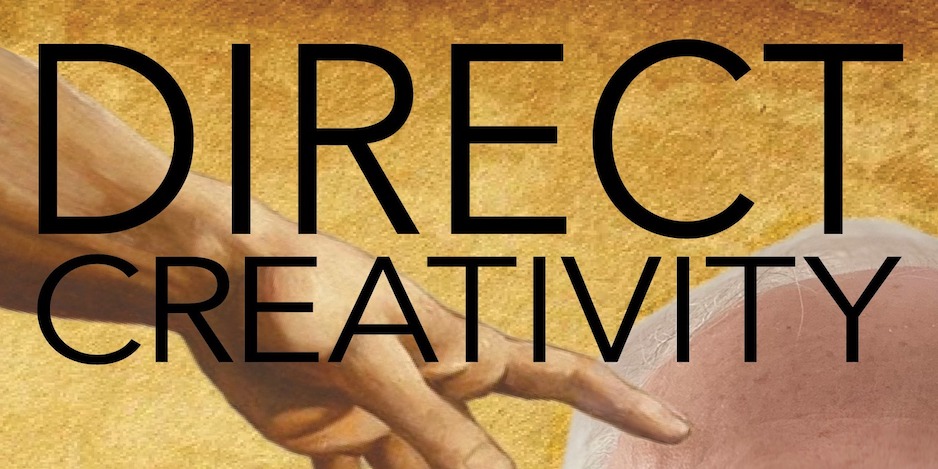
By PAUL KUPPERBERG
To recap: Direct Creativity: The Creators Who Inspired the Creators (with an introduction by 13th Dimension’s own Dan Greenfield!), my next book of interviews with comic book writers, artists, and editors, is currently kicking it on Kickstarter — please check it out and, if so inclined, support this follow-up to Direct Comments: Comic Book Creators in their Own Words and Direct Conversations: Talks with Fellow DC Comics Bronze Age Creators (both of which are available as add-ons on the Direct Creativity campaign).
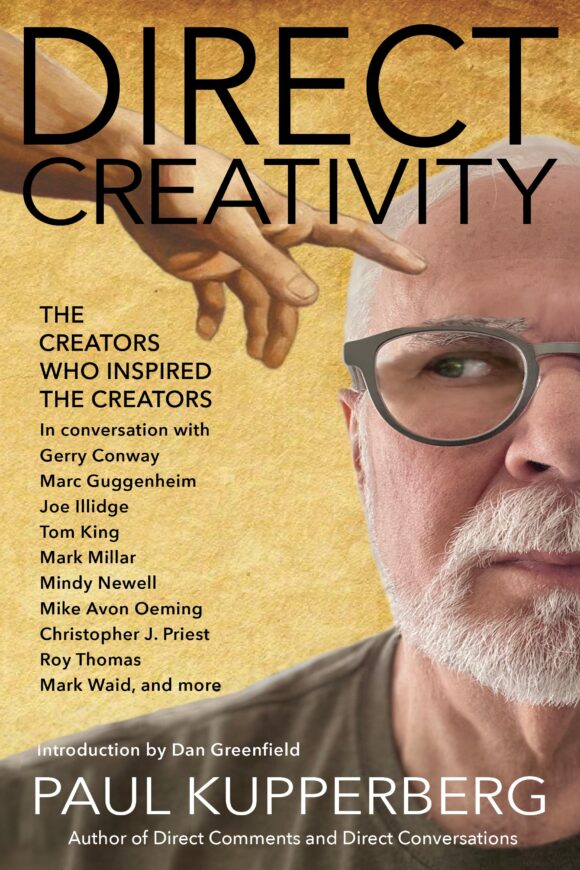
The creators are D.G. Chichester, Mike Collins, Gerry Conway, Mike DeCarlo, J.M. DeMatteis, Dan DiDio, Marc Guggenheim, Joe Illidge, Barbara Kaalberg, Tom King, Mark Millar, Mindy Newell, Mike Avon Oeming, Chuck Patton, Christopher J. Priest, Rick Stasi, Roy Thomas, and Mark Waid, and the question I asked them was:
Who, or what, inspired you most in your development as a comic book creator?
I’m sharing some of their answers over a few installments here at 13th Dimension while, of course, simultaneously flogging the Kickstarter campaign, which I hope you’ll check out and support!
Here then, MY 13 FAVORITE DIRECT CREATIVITY QUOTES, PART 2: RIGHT PLACE/RIGHT TIME:
—
Christopher J. Priest: “I went to a vocational high school in New York City, that had a journalism program that taught creative writing, journalism, writing for magazines, that kind of thing. The city had this internship program, where they would supply free student labor to all these different firms, and we would supposedly learn from the experience. My mom wanted me to be a lawyer, so I signed up to go on interviews at four or five law firms, and when I saw Marvel Comics was on the list, I signed up for that too. Well, I skipped all but maybe one of the law firms because I was 17 and chasing around after this girl I later married, who lived in Brooklyn, which was a long train ride. I skipped the law firms, but I showed up for the Marvel interview.”

—
Tom King: “My mother was an executive at Warner Brothers, which, OK, I am in some sense a nepo-baby in that she did help me get my first internship by introducing me to Paul Levitz at DC when I was 19. I had a half-hour meeting with Paul which I could probably recreate word-for-word to this day. And going to DC’s offices (at 1700 Broadway in Manhattan)… it was like entering the temple in Raiders of the Lost Ark. It was amazing, and Paul gave me free comics! (Laughter)
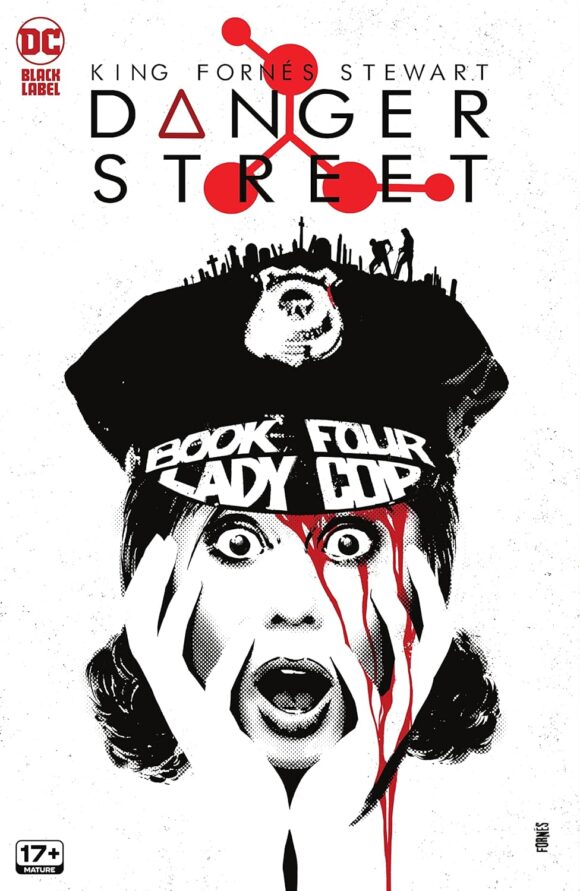
“I felt like I’d been given a peek behind the curtain. And Paul also gave me my first break, an internship in the Vertigo office, which wasn’t exactly… I was all about superheroes. I knew nothing about the Vertigo books. But I worked for assistant editor Cliff Chiang, who’s now an artist, and learned a lot.”
—
Mike Collins: “I went to one of the old UKCAC (United Kingdom Comic Art Convention) shows in London, and what they used to do at the start of the show was to invite all the comics creators on stage to introduce themselves so the fans could see who was who. There was a line of us to get on stage and standing in front of me is this very glamorous woman with clattering plastic jewelry and she turns around and asks me, ‘What do you do?’ I told her I was the artist on Laser Eraser and Pressbutton and she said, ‘I love that. Do want to work for me?’ And that lady was, of course, (DC Comics publisher) Jenette Kahn.
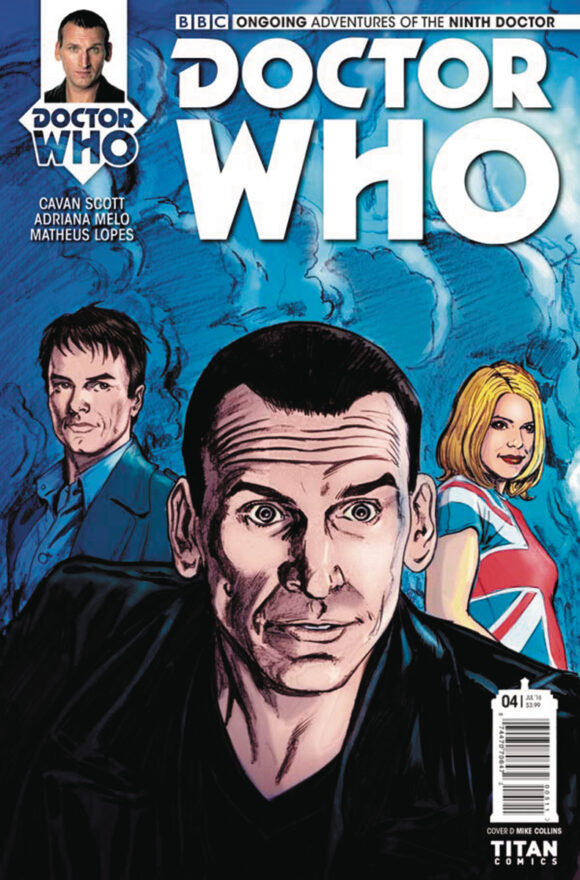
—
Gerry Conway: “On one visit, Dick (Giordano) wasn’t at his desk when I got there so Murray (Boltinoff) beckoned me over and said, ‘So, you’re working with Dick?’ I said, yes, I was doing stuff with Dick, and Murray said, ‘All right, would you like to do a story for me?’ And I spent a summer writing and rewriting a three-page story for Murray. At the end of this process of writing and rewriting the story I don’t know how many times with Murray’s extensive notes, when he finally accepted it, he said, ‘OK, I think we’re done. What’s your page rate?’ I said, ‘I don’t know.’ ‘What do you mean you don’t know?’ ‘Well, I’ve never sold a story before.’ And he went white when he realized he had inadvertently bought my first story.”
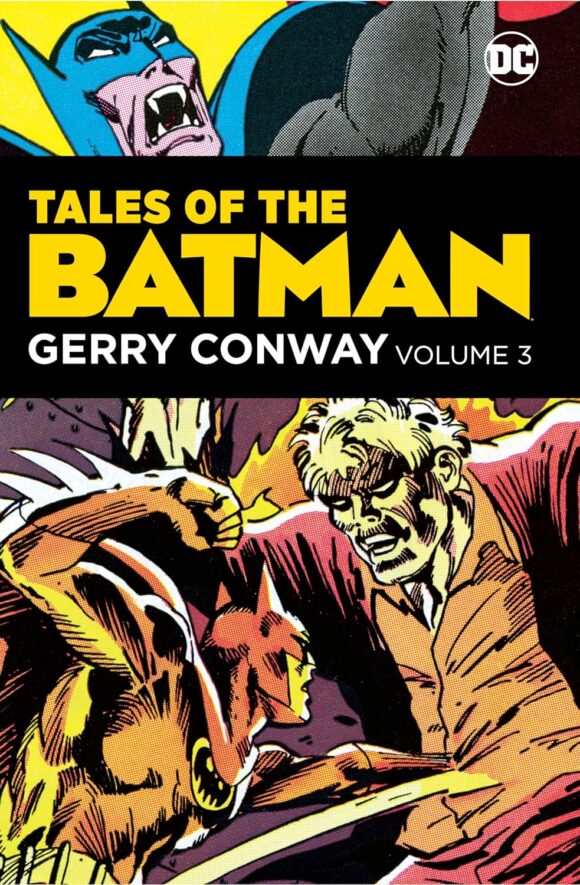
—
Mike DeCarlo: “I learned from a friend of mine that there was going to be this 12-week drawing for comics program in Stratford (Connecticut) run by Frank McLaughlin and Dick Giordano, both of whom I’d heard of. I think it started in March of 1979, so I signed up and got into the program along with 20 or 30 other guys. I forget how I heard, but the word was that Dick was desperate to find a new assistant and the program was going to be the proving ground for someone to get the job. There were some talented people in this with me, three or four others who went on to careers in comics, so all I could really do was listen to everything Dick said and then go home and practice and practice and research and research and work very, very hard.
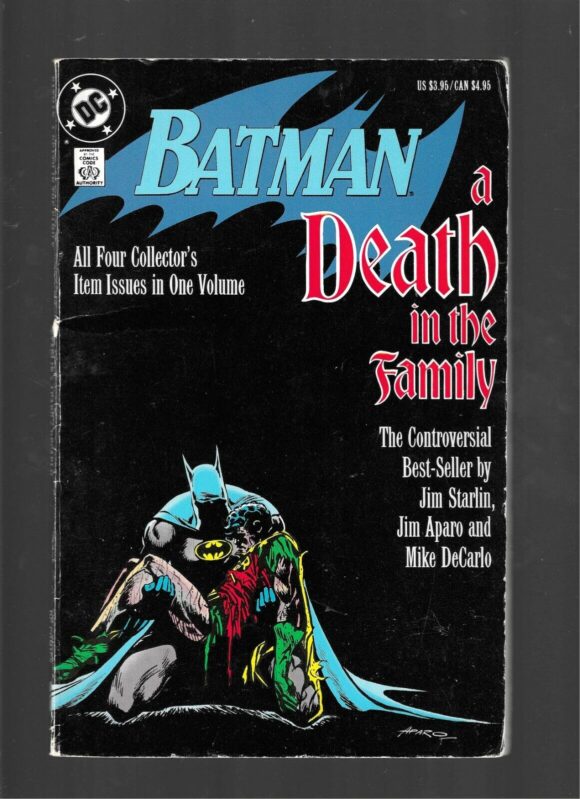
“At the end, he gave us a script set in a dystopian future to draw as kind of a final. Well, I penciled and inked my little dystopian future story, a couple of pages, and turned it in on time. And the next session, I came in and Dick held up my story to the class and I thought, ‘Oh crap, here comes the humiliation!’ But instead, he said, “This is the best interpretation of a script I have ever seen in all my years of teaching!’”
—
Dan DiDio: “I had sent samples and corresponded with (artist, editor, teacher) Sal Amendola when he was editing DC’s New Talent Showcase (1984 – 1985) and I got close on something, but the book was cancelled before anything happened. I published a couple of things during the black-and-white comics boom of the 1980s and sold a few scripts that never got drawn, because a lot of those companies went out of business.
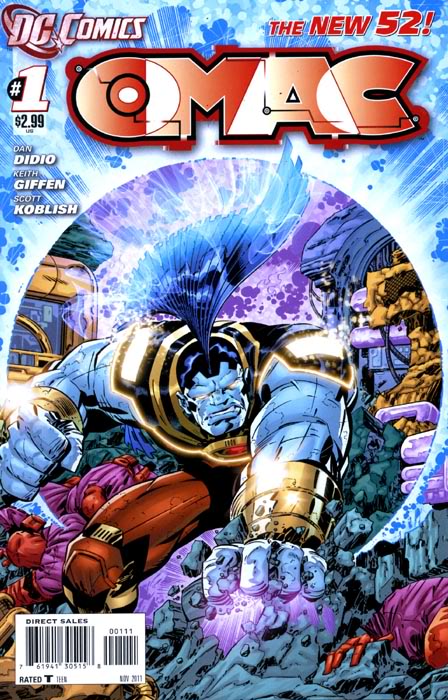
“I also did some articles for the Great Eastern guys and Wizard magazine, which was a great way to learn about the business from the outside. By that time, though, I was writing for animation, so I was getting that creative itch scratched. It wasn’t until the animation work ended and Jimmy Palmiotti and I started pitching to DC and Marvel that I finally got into comics with the Superboy gig in 2002. But I got my share of rejection letters. I got a couple of great ones from Levitz when I pitched some stories to House of Mystery or House of Secrets. He was rather curt in his rejections. (Laughter)”
—
Chuck Patton: “Len (Wein gave) me my first Justice League of America assignment. I met Neal Adams right after that, and I couldn’t believe that they had given me this job. Neal heard me out and said, ‘OK, let me tell you straight out, Giordano gave you the job because he believes in you. Now it’s up to you to decide what kind of man you want to be. You want to be your own man, or do you want to be a joiner?’ And then he threw a monkey wrench into it, and asked, ‘Would you work for me? Would you quit Justice League and come work for me at Continuity (Associates)?’

“And I had to sit there and think about it. Work for and learn from Neal Adams? But then I’ll be his guy. The other way was a chance to become my own guy. Take the rough, take the bumps, take the whatever, so I turned him down. He said, ‘Good choice.’”
—
Marc Guggenheim: “(After brother and writing partner) Eric graduated and had to go off and find a real job, I started writing on my own. My first solo script that actually worked was a romantic comedy. My manager, who has since become my sister-in-law, told me, ‘I know that sounds like a weird idea, you’re always so funny when you’re talking about your dating life. Have you ever thought about writing romantic comedy?’ That opened a lot of doors for me in Hollywood and was the first script that was proof of concept that that there was an audience for the type of writing I did. … I moved out to LA during television staffing season, which was this period in April and May. I wrote a West Wing that got me a job on a political drama called Jack and Bobby (2004 – 2005), which is how I met (show creator and writer) Greg Berlanti.”
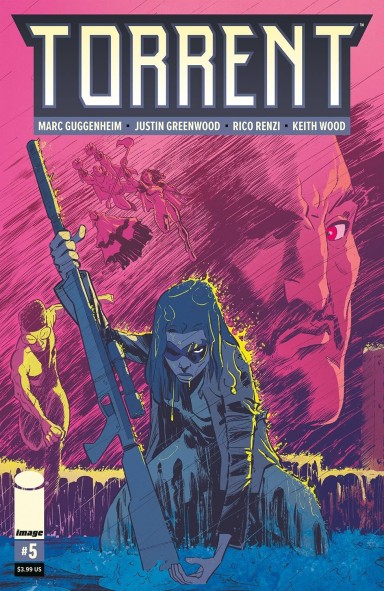
—
Barbara Kaalberg: “Fortunately, I was living here in Madison, Wisconsin. The comic book distributor Capital City Comics was here at the time, and it was a mini hub of comics professionals. (Writer) Mike Baron and (artist) Steve Rude were in Madison, Les Dorscheid, the amazing colorist, was one block away from me. We had (artist) Jeff Butler, and Denis Kitchen and Kitchen Sink Press was right outside of town just a little way. CBG, Comics Buyer’s Guide, is also in Wisconsin, in Iola, so I had I had a community of comic book people around, and I would go down to John Nyberg, who was an amazing inker. He used to work over Carmine Infantino quite a bit. He had a studio on State Street in downtown Madison, and I would go there, watch over his shoulder and just pick his brains. He was a mentor.”
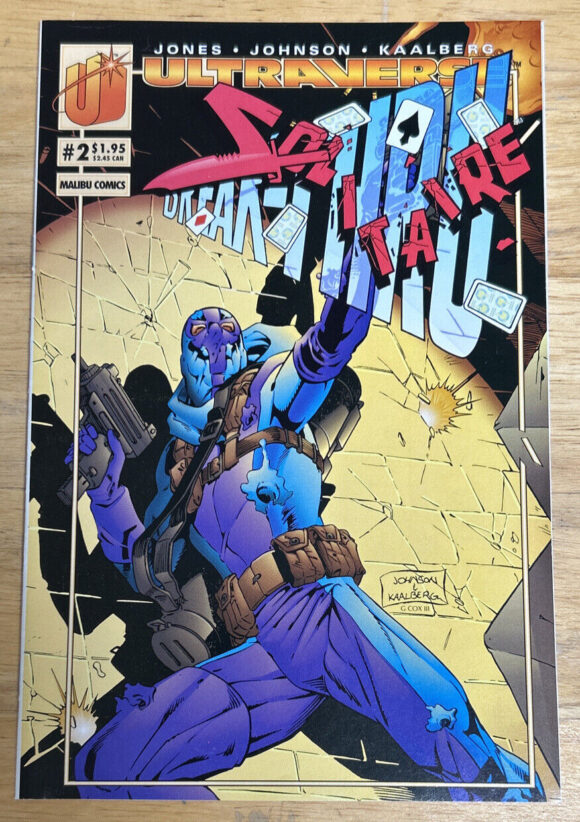
—
Mindy Newell: “One day I went in to get a roll of Lifesavers or something and I saw they had one of those old fashion comic book spinner racks. I went nuts. I bought about 15 comics. Spider-Man, Superman, Green Lantern, Fantastic Four, whatever. And in the DC Comics I’d gotten was this Meanwhile… column that (managing editor) Dick Giordano used to write, like the DC version of Stan’s Soapbox, and in it he announced the company’s new talent program. I thought that was interesting, but must have gotten something cooking in the back of my mind because, I remember, it was a rainy Sunday, and I was between apartments and staying with my parents, who had taken my daughter out somewhere so I was alone in the house, and my eye fell on the comic with Dick’s Meanwhile… column, and I just pulled out my old manual typewriter, found some typing paper, and just started writing.”
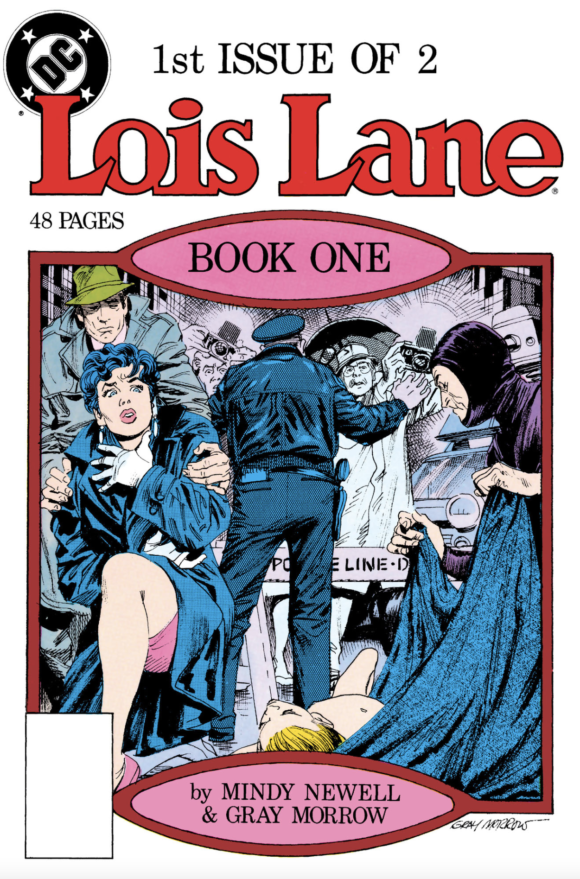
—
D.G. Chichester: “I think a lot of people have forgotten the Epic Comics imprint; Marvel’s creator-owned line. It wasn’t something I planned. I’d left Marvel for the summer to take a job that I already committed to, and I got a call from Jo Duffy, who was Archie (Goodwin’s) second at Epic. ‘We need an assistant here; do you have any interest in coming back?’ I told them I had this summer job and then a semester of college to finish, but they didn’t seem to mind waiting.”

—
Joe Illidge: “Even though I wasn’t being paid (as an intern at Milestone Comics), it allowed me to look behind the curtain and see how the business worked. And it made me see that a career was possible. Meanwhile, in my later years at School of Visual Arts, I would talk to friends like Chris Batiste, who would go on to be the founding artist on DC’s Steel (1994) and the artist Buzz, about my story ideas, and they really encouraged me to explore being a writer. ‘You have a mind for ideas, you should explore that, you should nurture that.’ So, when I went into the internship, I wanted to be a writer. It was Dwayne McDuffie, who showed me what being an editor was. And that’s when I said, ‘OK, that’s my purpose in comics.’”
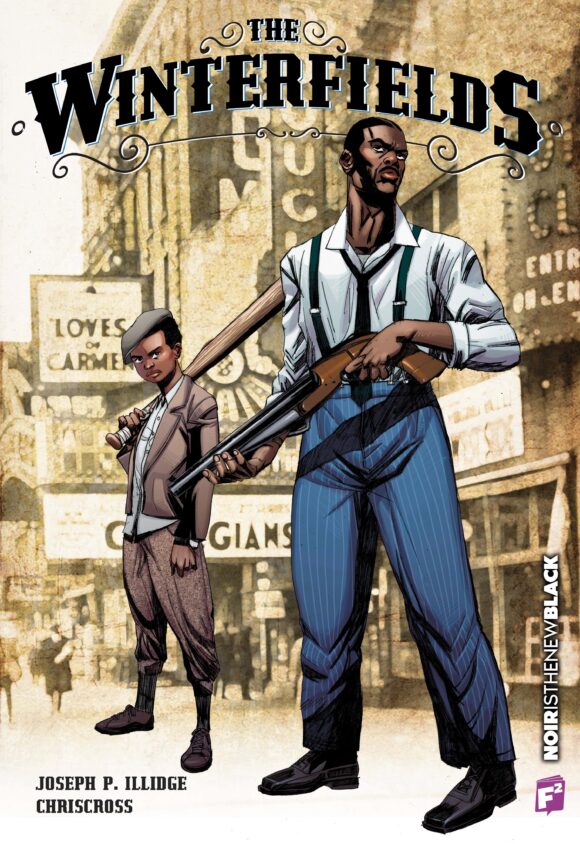
—
J.M. DeMatteis: “I always say that God didn’t make me very good at many things. You know, I was a musician, and a singer and a songwriter. I played in bands, and I was a writer and an artist. And those are the things I was good at. That’s what I wanted to do. And I remember being like 14 on the phone with a friend saying, ‘I’m never going to have a 9-to-5 job. I’m going to do something creative.’ And that’s what I’m doing with my life. I just knew it. I didn’t know how in the world I would do it. I didn’t know if I had the talent or the ability to do it. But I just felt from a very young age that that’s what I was going to do.”
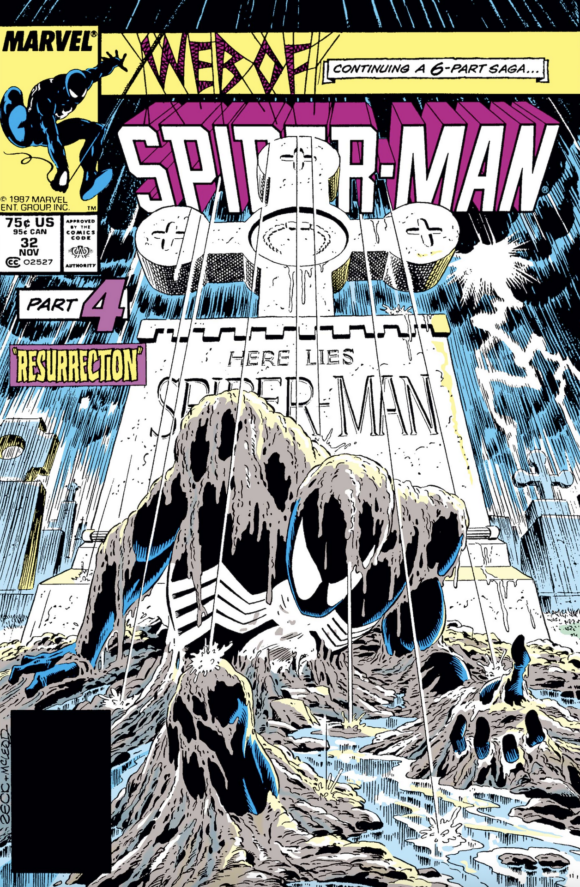
—
NEXT: Yet another topic and different quotes! And not to make too fine a point of it but please check out and support the Kickstarter campaign!
—
MORE
— PAUL KUPPERBERG: My 13 Favorite DIRECT CREATIVITY Quotes, Part 1: CREATIVE INFLUENCES. Click here.
— Paul Kupperberg’s DIRECT CREATIVITY Is Now Live on KICKSTARTER. Click here.
—
PAUL KUPPERBERG was a Silver Age fan who grew up to become a Bronze Age comic book creator, writer of Superman, the Doom Patrol, and Green Lantern, creator of Arion Lord of Atlantis, Checkmate, and Takion, and slayer of Aquababy, Archie, and Vigilante. He is the Harvey and Eisner Award nominated writer of Archie Comics’ Life with Archie, and his YA novel Kevin was nominated for a GLAAD media award and won a Scribe Award from the IAMTW. Now, as a Post-Modern Age gray eminence, Paul spends a lot of time looking back in his columns for 13th Dimension and in books such as Direct Conversations: Talks with Fellow DC Comics Bronze Age Creators and Direct Comments: Comic Book Creators in Their own Words, available, along with a whole bunch of other books he’s written, by clicking the links below.
Website: https://www.paulkupperberg.net/

February 15, 2024
Paul, really looking forward to reading your new book. I’m curious though about the whole Kickstarter process. I mean the price of the book is more than how it will land on say Amazon (basing this on previous books of yours) but it’s not enough to generate any real sums. At least that’s how it feels to me. Guessing at the hours that goes into something like this I can’t see where the Kickstarter funds cover much more than print cost. It certainly can’t be a paycheck. Is the point to get quantities printed so you can get listed on Amazon?
February 15, 2024
Seems odd that the two heroes who took paragon down (JLA 224) are among those depicted as defeated on the cover.